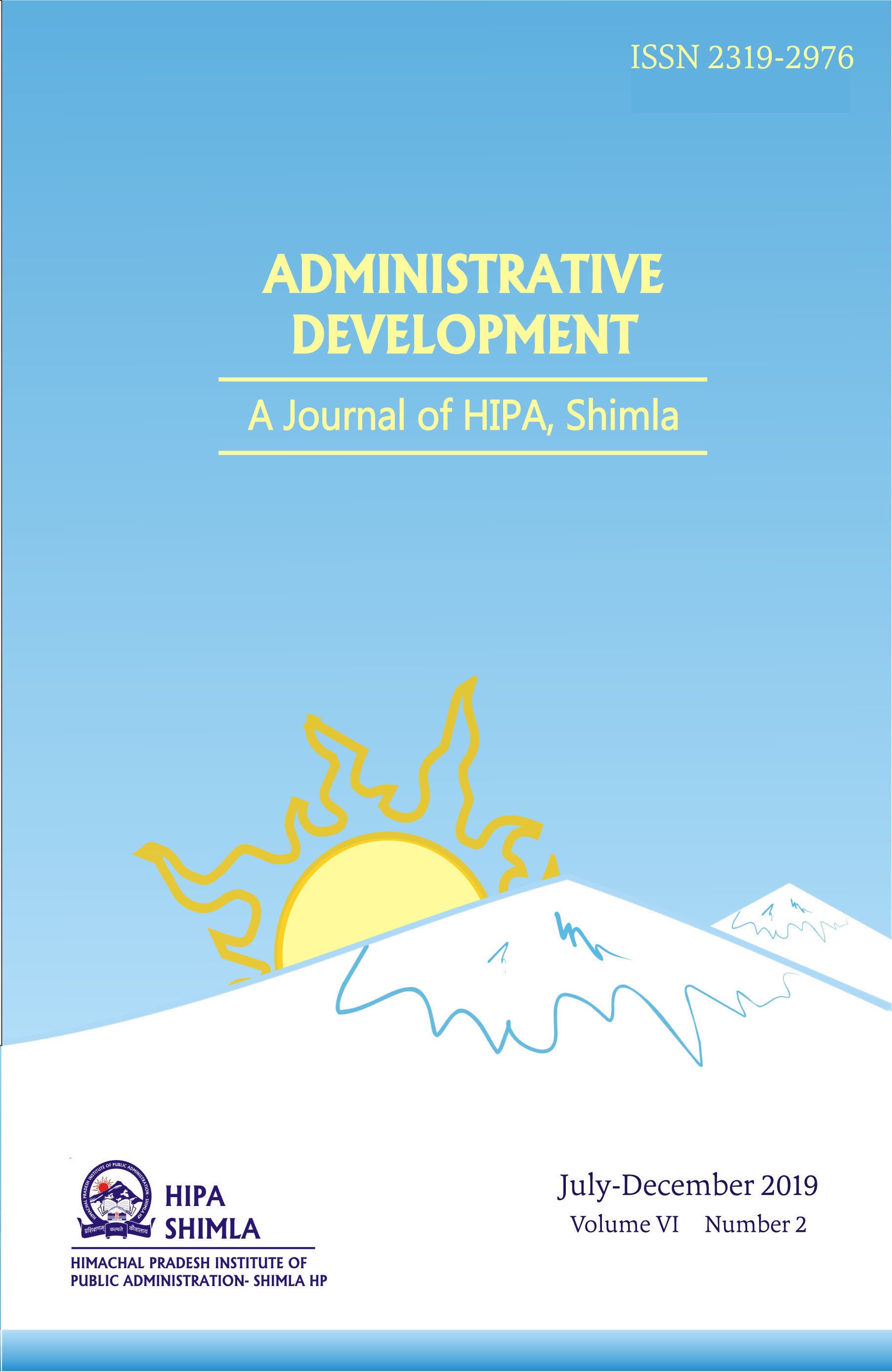ROLE OF CORPORATE SOCIAL RESPONSIBILITY IN RURAL DEVELOPMENT: EVIDENCE FROM INDIA
Keywords:
CSR, Rural Development, Government.Abstract
India is a country of villages where about 65 per cent of the population are living in rural areas. These villages are underdeveloped. There are poverty, unemployment, hunger, illiteracy, ill health, inadequate infrastructure and high mortality in rural areas. CSR is the commitment of companies to contribute to sustainable development and improve the lives of the society. It has been recognized by policy makers and development specialists as a feasible driver for rural development. The paper makes an attempt to address CSR activities and the issues related to rural development in the light of implementation of mandatory CSR. This study is exploratory in nature and was based on the secondary data. The data were collected by using secondary sources, more specifically, document data in the form of studies and surveys. The government initiatives and mandatory CSR spends have made a positive impact and mitigate rural economic challenges. The article addresses CSR activities and the issues related to rural development in the light of implementation of mandatory CSR. The study concluded with the need of the efforts from different levels to improve the overall development of all the stakeholders and the entire rural community.

Downloads
Published
How to Cite
Issue
Section
License
Upon acceptance of an article, authors will be asked to complete a 'Journal Publishing Agreement'. An e-mail will be sent to the corresponding author confirming receipt of the manuscript together with a 'Journal Publishing Agreement' form or a link to the online version of this agreement.
Subscribers may reproduce tables of contents or prepare lists of articles including abstracts for internal circulation within their institutions. Permission of the Publisher is required for resale or distribution outside the institution and for all other derivative works, including compilations and translations. If excerpts from other copyrighted works are included, the author(s) must obtain written permission from the copyright owners and credit the source(s) in the article. As a general rule, permission should be sought from the rights holder to reproduce any substantial part of a copyrighted work. This includes any text, illustrations, charts, tables, photographs, or other material from previously published sources.
This journal permits and encourages authors to post items submitted to the journal on personal websites or institutional repositories both prior to and after publication, while providing bibliographic details that credit, if applicable, its publication in this journal.
